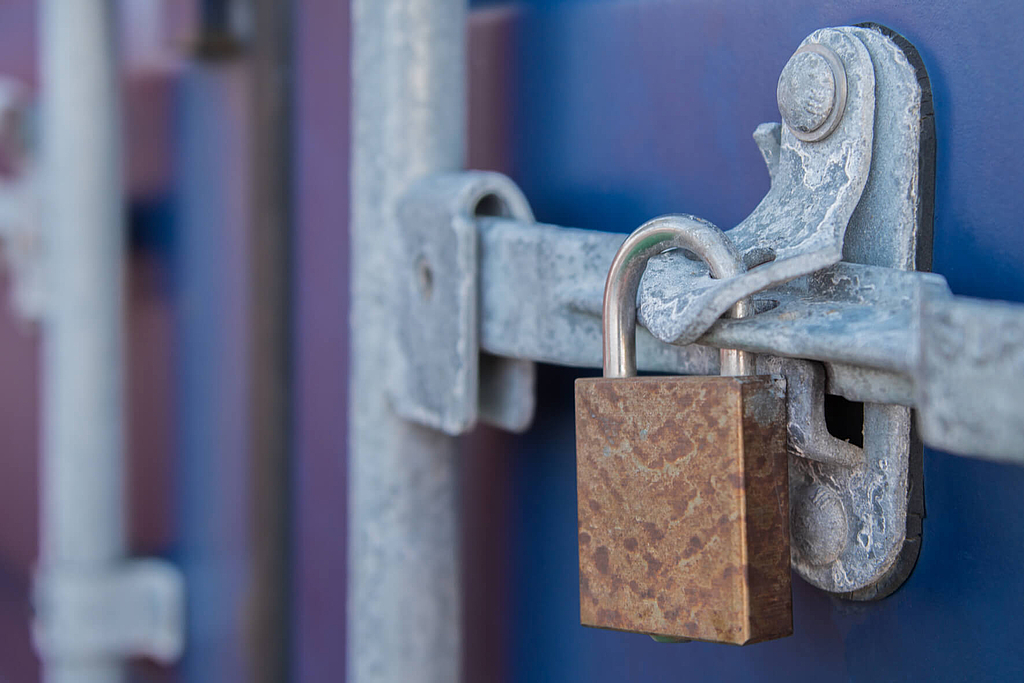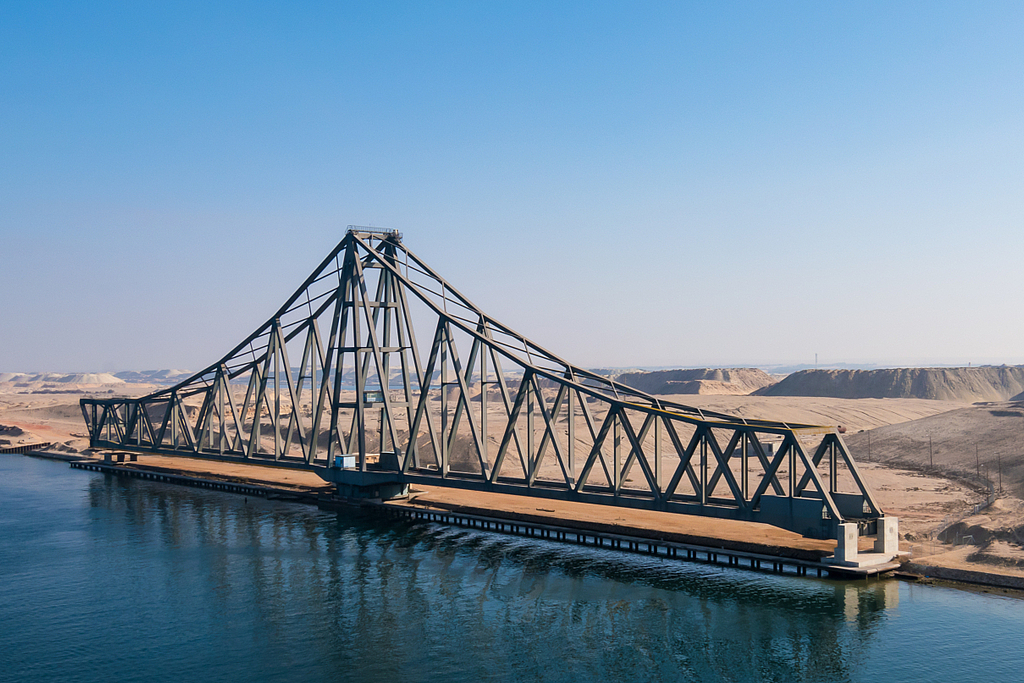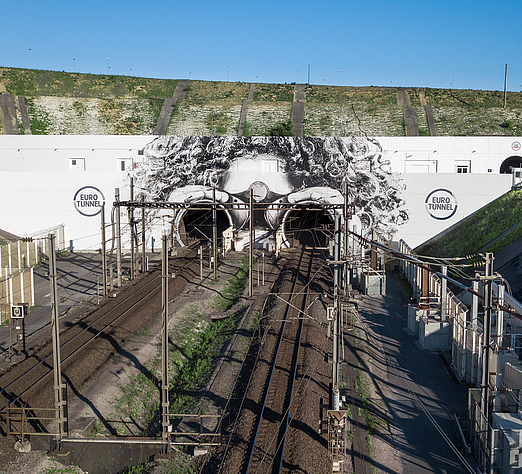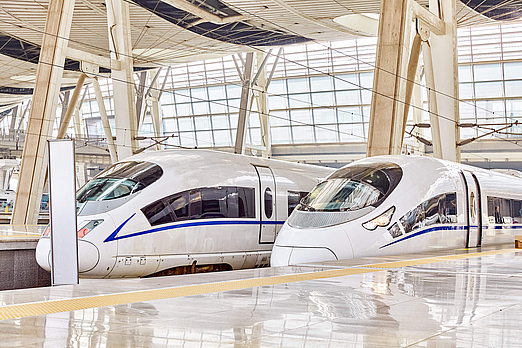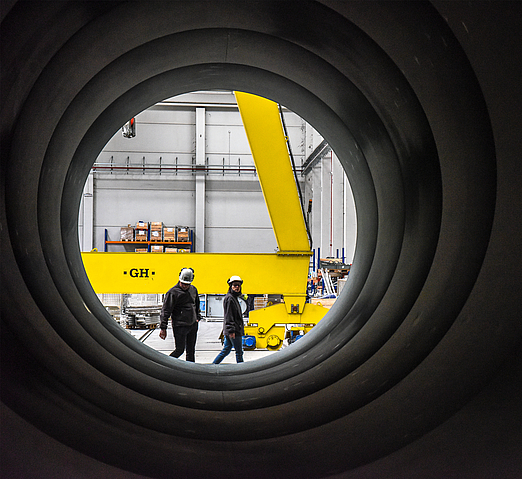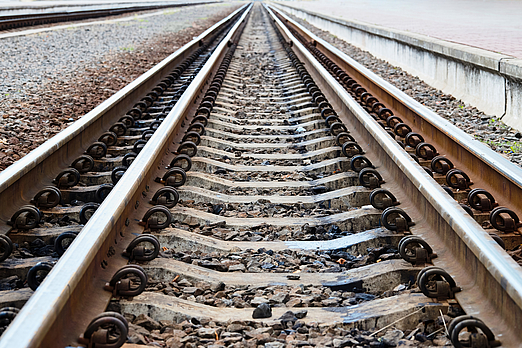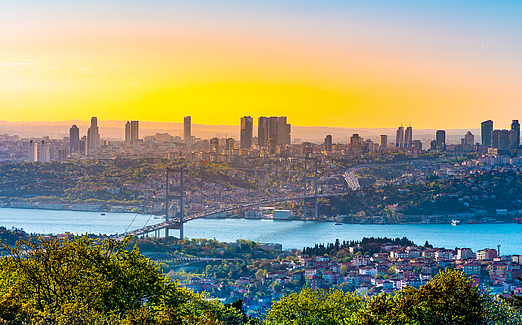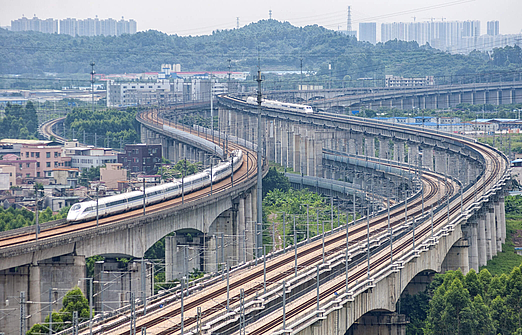A rail alternative to the Suez Canal?
- Insights
The blockade of the Suez Canal caused by the “Ever Given” container ship in March 2021 impressively demonstrated this canal’s vulnerability as the “bottleneck” in international supply chains. But what could be done to resolve a momentous blockade if such a case were to happen again? Most recently, some experts have advocated an alternative option via rail, since Egypt is planning a high-speed rail link from Al Sokhna, directly at the southern canal entrance, to El Alamein on the Mediterranean. But how useful would such a connection be and how feasible is this plan if the largest container ships passing through the canal often carry over 20,000 containers?



Temperature-Controlled - for temperature-sensitive goods
We offer a range of ocean freight solutions for the transport of chilled and frozen cargo from and to anywhere in the world. Our reefer sea cargo experts provide an unbroken cold chain from door to door for your temperature-sensitive goods.
Find out more
